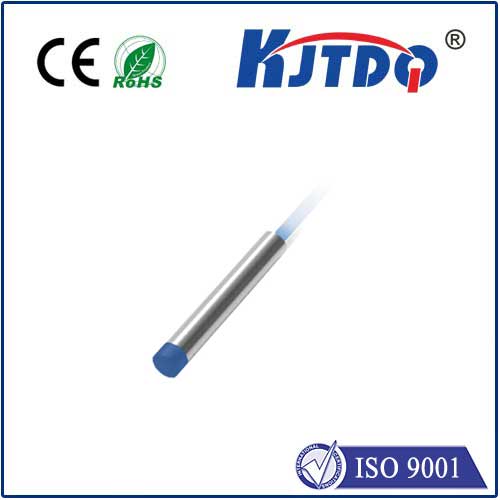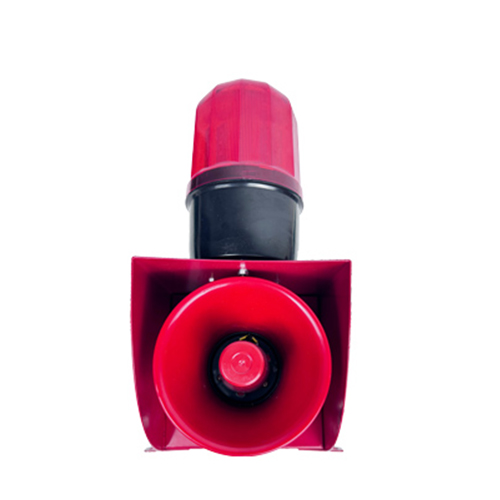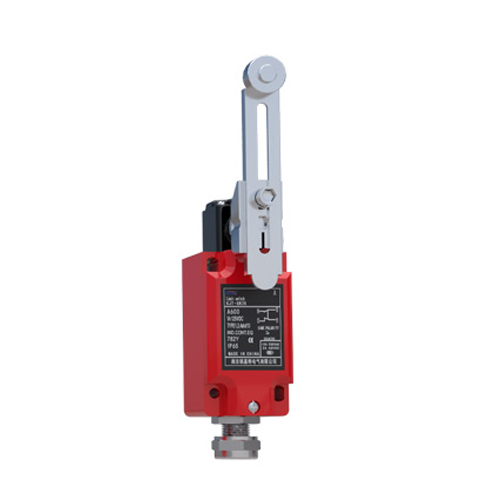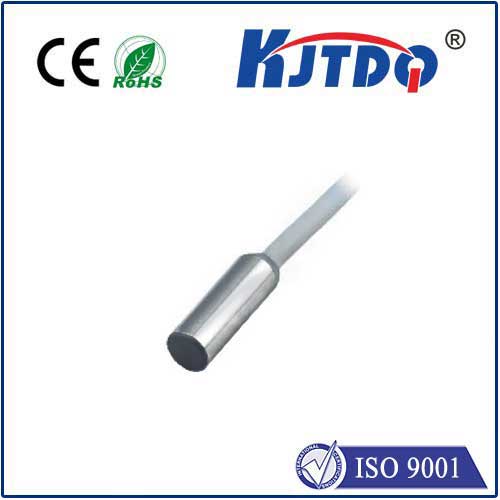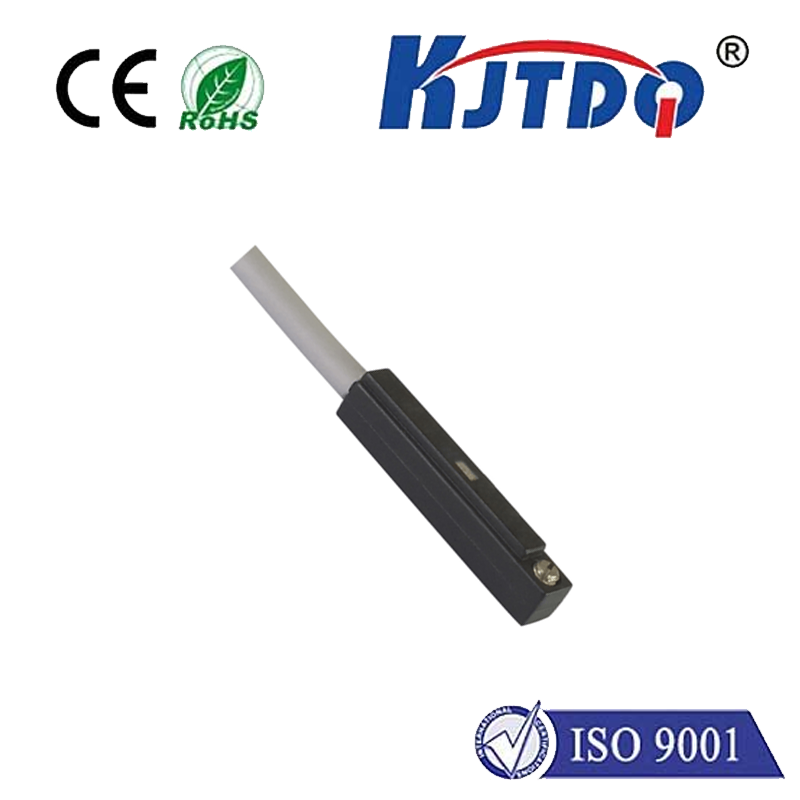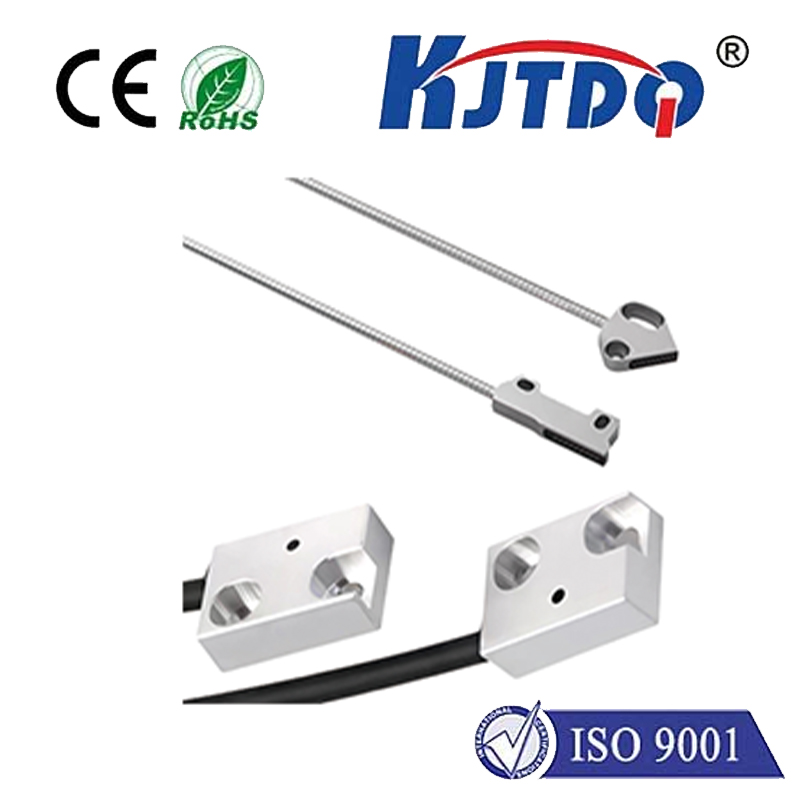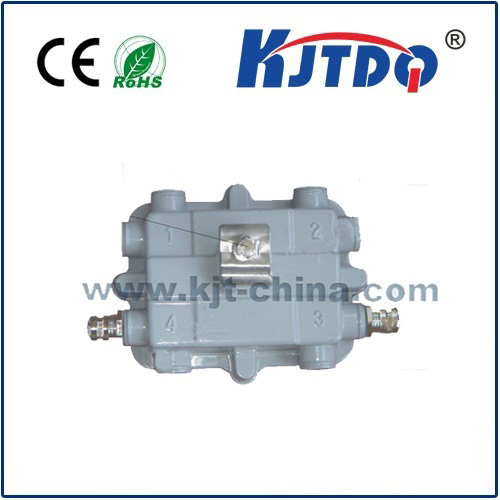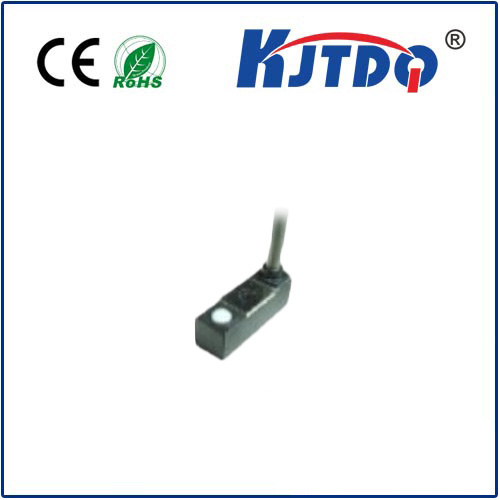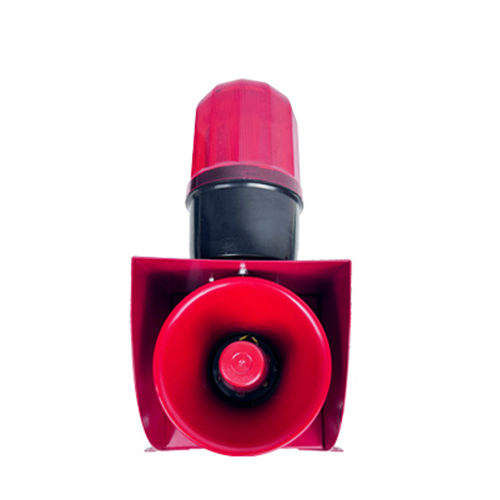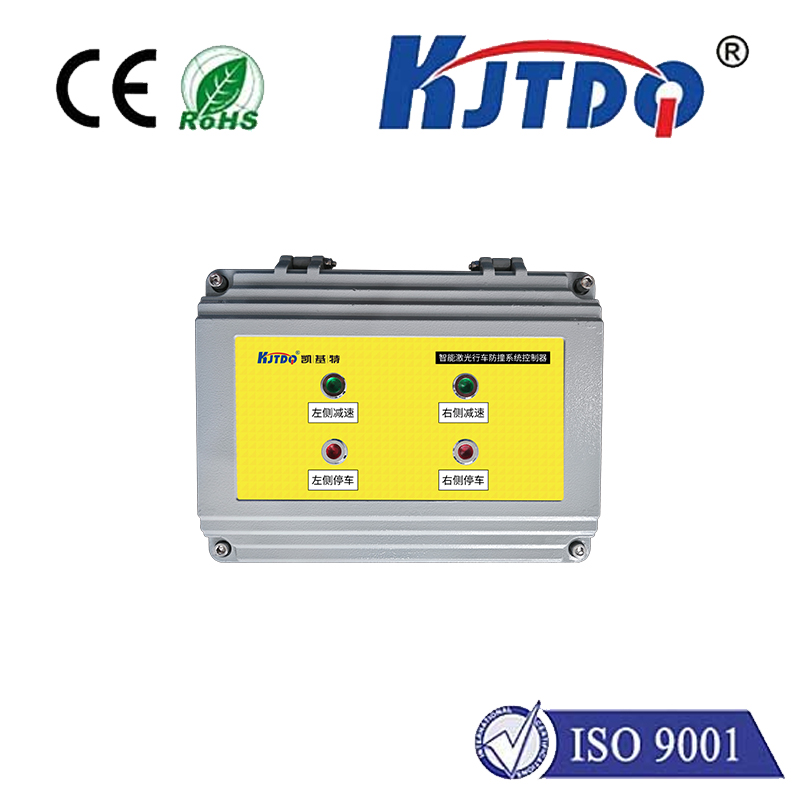Электрический ограничитель
- time:2025-07-31 00:50:29
- Нажмите:0
Electric Limit Switches: The Unsung Guardians of Industrial Safety and Precision
Ever wondered what stops your elevator perfectly level with the floor, halts a conveyor belt before overload, or prevents a robotic arm from crashing beyond its intended path? Often hidden from plain sight, electric limit switches are the fundamental, reliable sentinels ensuring countless machines operate safely, accurately, and efficiently within their physical boundaries. These robust electro-mechanical devices act as precise position sensors, translating mechanical motion into crucial electrical control signals.
At Their Core: Sensing and Signaling Contact
The fundamental purpose of an Электрический ограничитель is straightforward yet vital: to detect the presence or absence, or the limit of travel, of an object and signal this state change to a control system, like a Programmable Logic Controller (PLC) or motor starter. This signalling typically involves opening or closing an electrical circuit upon contact. They achieve this through a combination of:
- A Mechanical Actuator: This is the part physically contacted by the moving object or target. Common types include:
- Plunger/Push Rod: Linear movement directly depresses the plunger.
- Lever Arm (Roller or Wobble Stick): A pivoting arm that moves when pushed. Rollers reduce friction and wear on both the switch and the target.
- Rotary Lever: Activated by rotational movement.
- Forked Lever: Often used to detect the presence of objects passing through the fork.
- Flexible Rod: Long rods sensing over a wider area or at awkward angles.
- The Switching Mechanism: Inside the sealed housing lies the heart of the switch. When the actuator moves, it triggers an internal mechanism to rapidly open (Normally Closed - NC) or close (Normally Open - NO) electrical contacts. This snap-action (snap switch) mechanism ensures a clean, reliable electrical transition.
- Electrical Terminals: These connect the switch contacts to the external control circuit, carrying the signal indicating the switch’s state.
Beyond the Basic On/Off: Diverse Detection Methods

While the classic mechanical contact switch is the most widely recognized form, electric limit switches encompass a broader range of technologies, each suited for specific needs:
- Mechanical Contact Switches: As described above. Valued for their simplicity, ruggedness, clear tactile feedback, and direct electrical connection. They excel in harsh environments with dust, vibration, and temperature extremes where optical or proximity sensors might struggle. Their robustness makes them a mainstay in heavy machinery, manufacturing lines, and material handling.
- Proximity Switches (Non-Contact): While technically distinct from traditional mechanical limit switches, proximity sensors often fulfill the same “limit sensing” role. They detect the presence of a metallic target without physical contact using inductive, capacitive, or magnetic principles (индукционный датчик приближения, конденсаторный датчик приближения, Hall effect sensor). Key advantages include no moving parts (increasing longevity), no physical wear, and high switching speeds. They are ideal for clean environments requiring non-contact detection.
- Optical Sensors: Use light beams (visible or infrared) to detect objects interrupting the beam (through-beam) or reflecting light back to the sensor (retro-reflective, diffuse). While highly versatile, they can be affected by environmental factors like dust, fog, or ambient light.
Why the Mechanical Switch Still Reigns Supreme (Often)
Despite the rise of advanced sensing technologies, the classic mechanical electric limit switch remains incredibly popular. Its core strengths are undeniable:
- Physical Confirmation: Provides definitive, tactile proof of position or contact.
- Environmental Resilience: Engineered housings (often rated МП67 or higher) can withstand severe shock, Вибрация, moisture, dust, and corrosive atmospheres.
- High Current Capacity: Can often directly control motors, solenoids, or contactors without requiring interposing relays, simplifying control panels.
- Cost-Effectiveness: Generally more economical than complex non-contact sensors, especially for basic position detection needs.
- Robust Design: Built to endure millions of operating cycles in demanding industrial settings.
Powering Precision and Safety Across Industries
The applications for electric limit switches are virtually limitless within automation and machinery. Key examples include:
- Machine Travel Limits: Preventing CNC axes, overhead cranes, gantry systems, and robotic arms from exceeding safe movement ranges, avoiding catastrophic collisions or damage.
- Position Verification: Confirming parts reach specific stations correctly in assembly lines, packaging equipment, or transfer systems (end-of-arm tooling position).
- Safety Interlocks: Ensuring guards are securely closed (safety gate switch) before dangerous machinery can operate, a critical safety-rated function often employing positively-driven contacts.
- Conveyor Control: Detecting package jams, indicating end-of-line positions, or signaling presence for sorting and routing.
- Valve Position Feedback: Verifying valves are fully open, closed, or at an intermediate position.
- Elevator & Escalator Control: Precise floor leveling detection, door zone safety, and travel endpoint limits (ограничительный выключатель лифта).
- Agricultural & Construction Equipment: Monitoring implement positions, boom angles, and travel stops.
Selecting the Right Electric Limit Switch: Key Considerations
Choosing the optimal Электрический ограничитель requires careful evaluation of several factors:
- Actuator Style: Matched to the expected mode of contact (linear push, side roller lever sweep, rotary motion, etc.) and the target shape/size.
- Electrical Ratings:
- Voltage/Current: Must match the control circuit’s requirements for both switching voltage and current load (Автоуправление or Постоянный ток).
- Contact Configuration: NO, NC, or changeover (SPDT - Single Pole, Double Throw) depending on the logic needed in the control system.
- Environmental Conditions: Selecting the appropriate Ingress Protection (IP) rating for resistance to dust and water, and ensuring materials are compatible with any chemicals, oils, or extreme temperatures.
- Долговечность: Needed mechanical life (actuator cycles) and electrical life (contact switching cycles under load), especially for high-frequency applications.
- Performance Characteristics: Important aspects include repeatability (how consistently it triggers at the same point), operating force, over-travel (how far the actuator can safely move beyond the trigger point), and differential travel (distance between switch activation and deactivation).
- Mounting: Ensuring the physical design allows for secure and precise installation relative to the target.
- Safety Requirements: If used for personnel protection interlocks, essential to choose safety-rated switches certified to relevant standards (e.g., ISO 13849, IEC 60947-5-1) with features like positive opening operation and direct opening mechanism.
The Indispensable Workhorse
From the intricate movements of robotic assembly lines to the powerful strokes of industrial presses, electric limit switches are fundamental components enabling both precision control and critical safety. While often overshadowed by flashier automation tech, their simplicity, robustness, reliability, and cost-effectiveness ensure they remain irreplaceable. Whether using a rugged lever arm switch coated in factory

